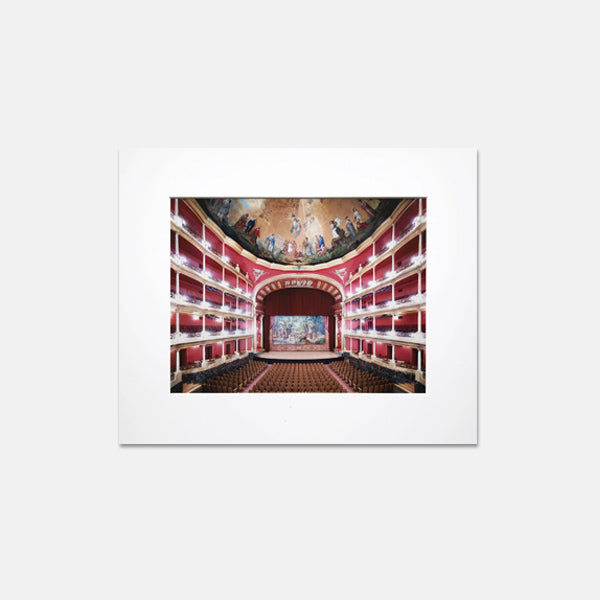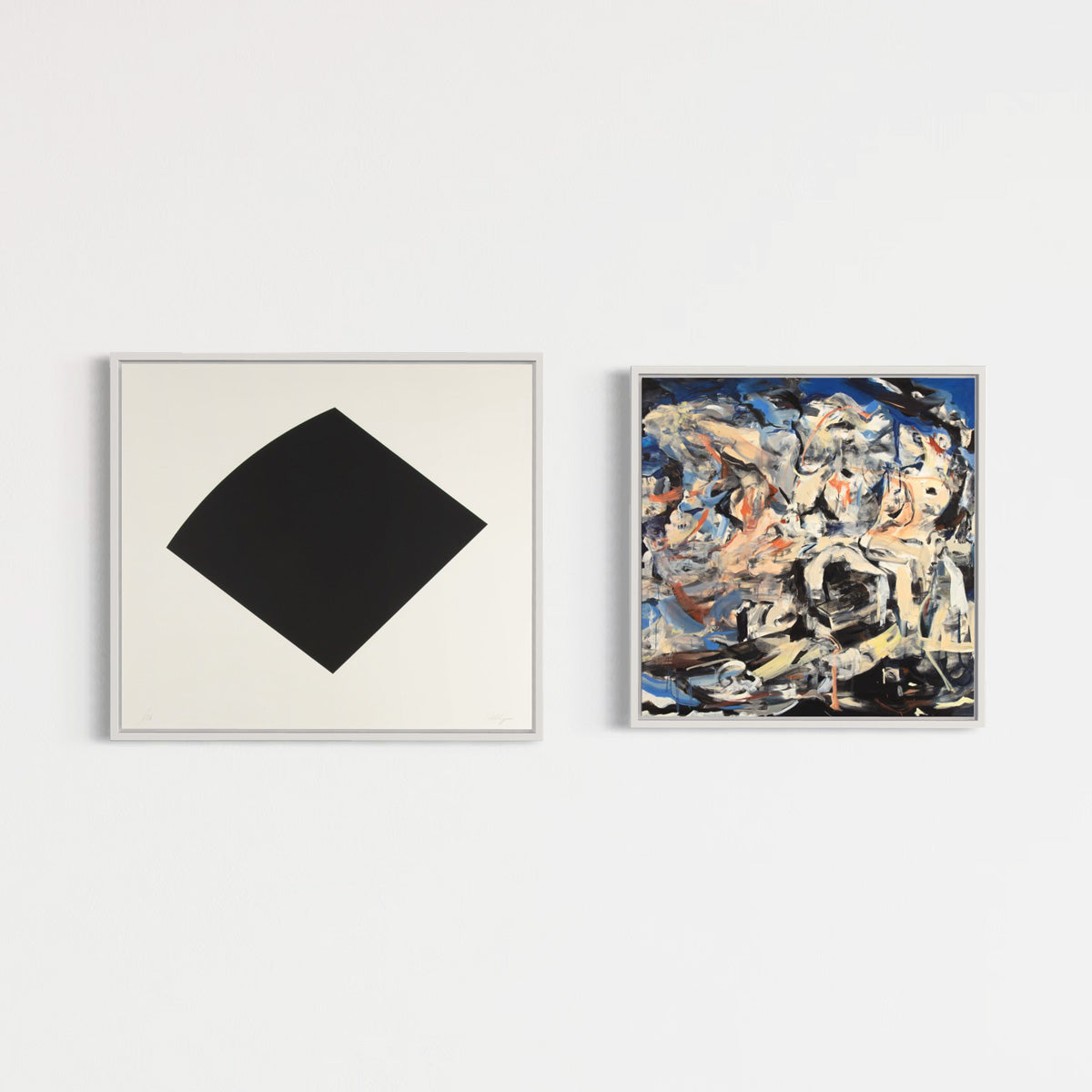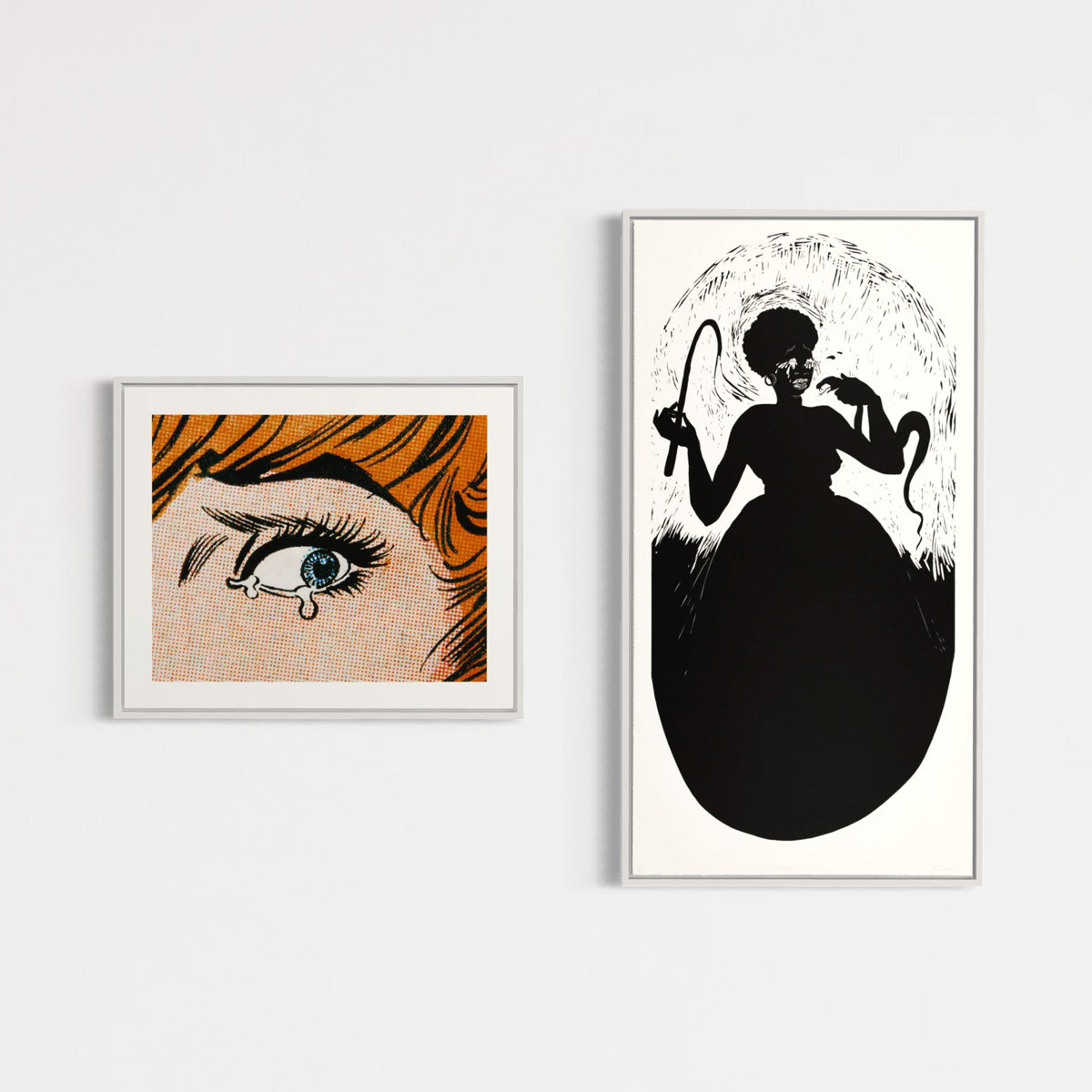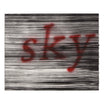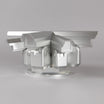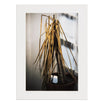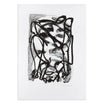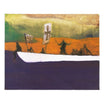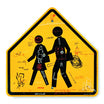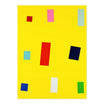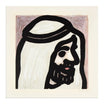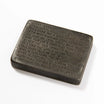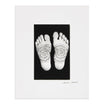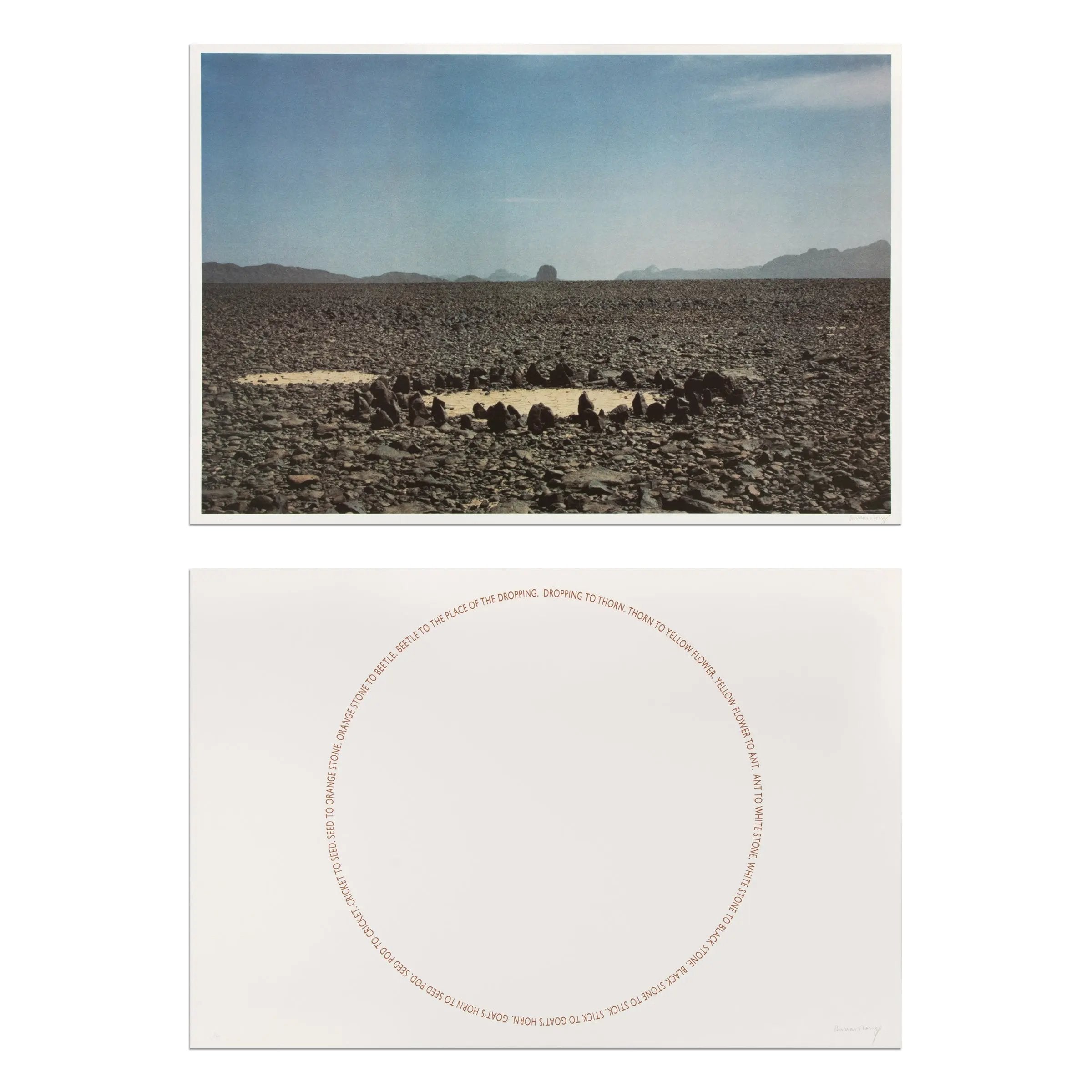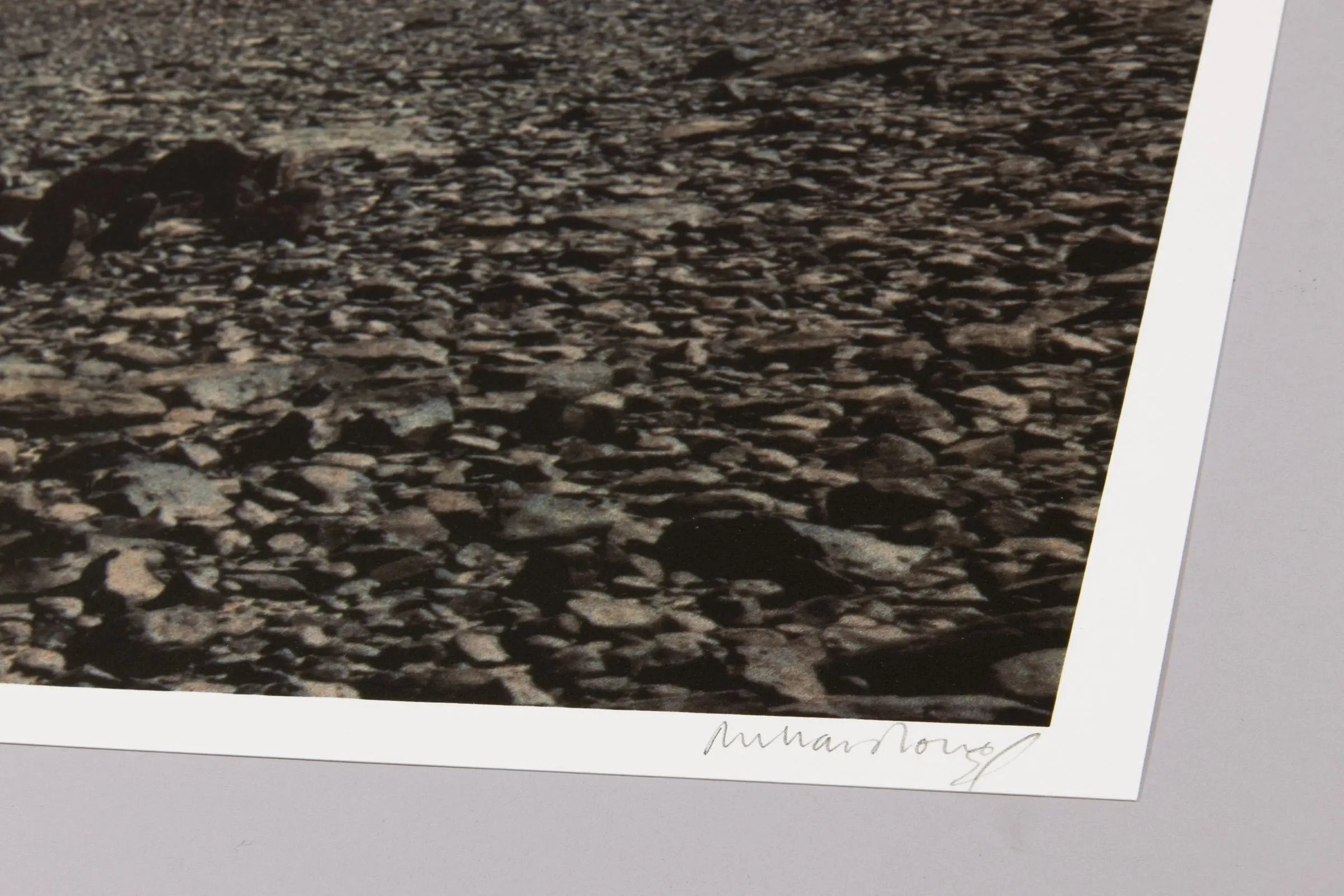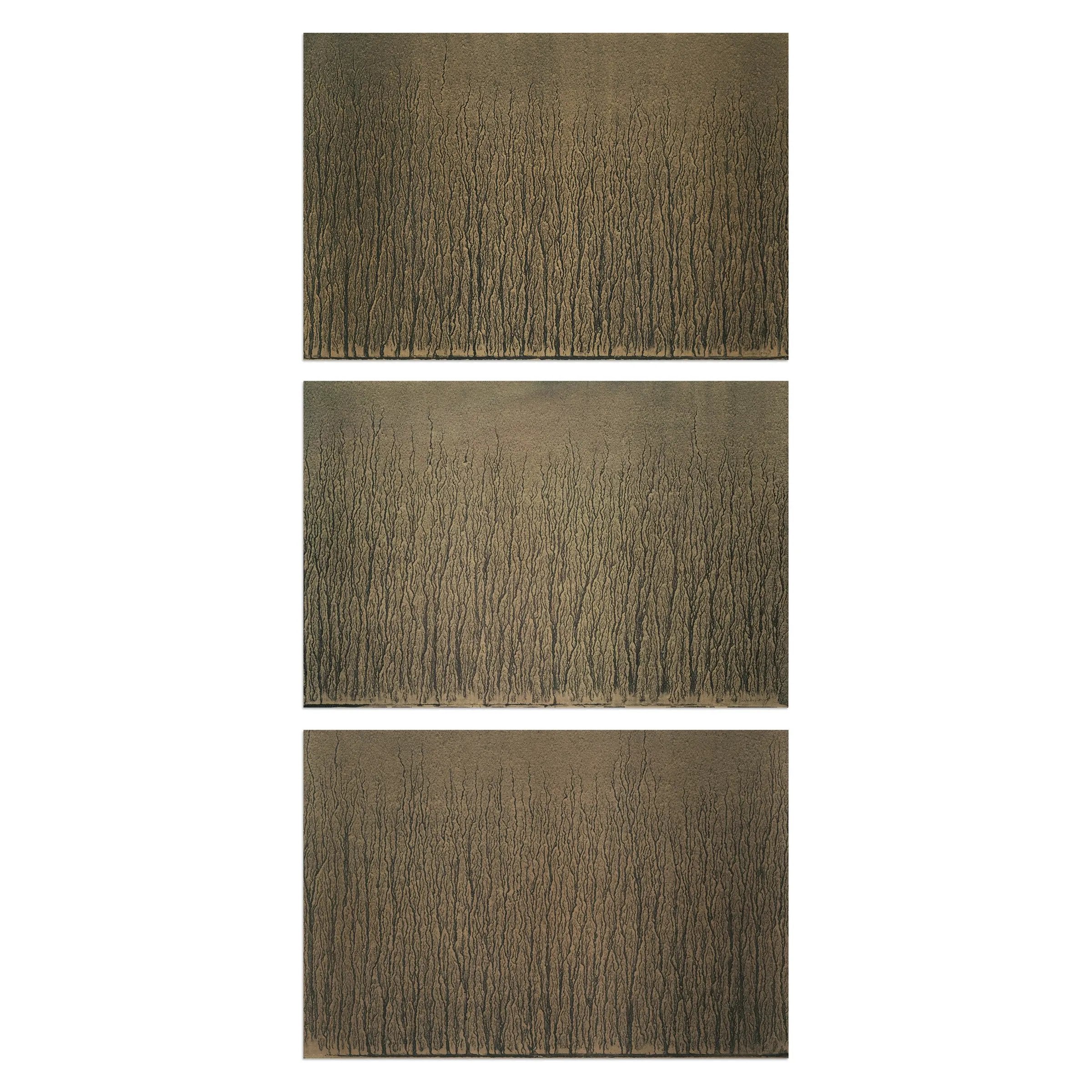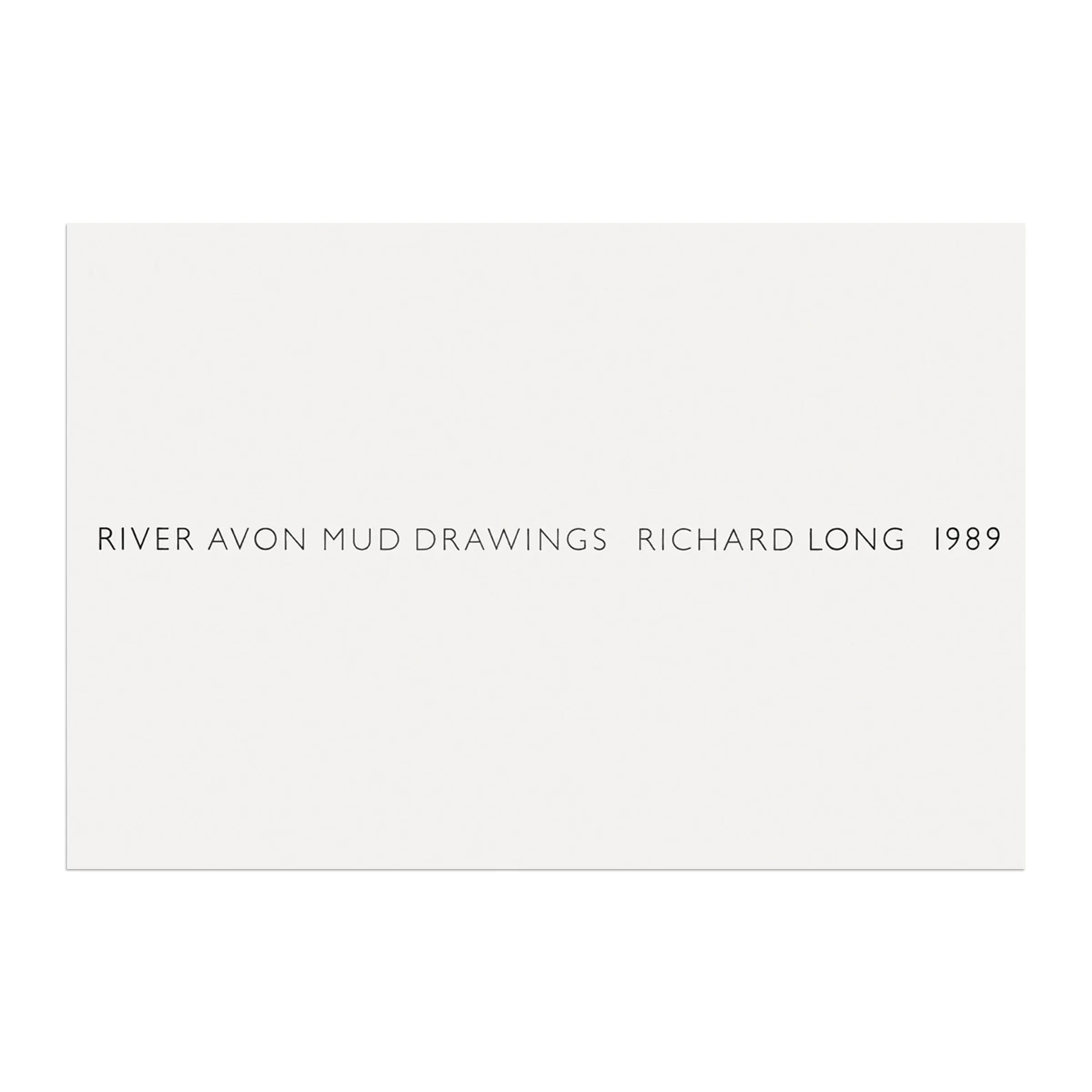Richard Long
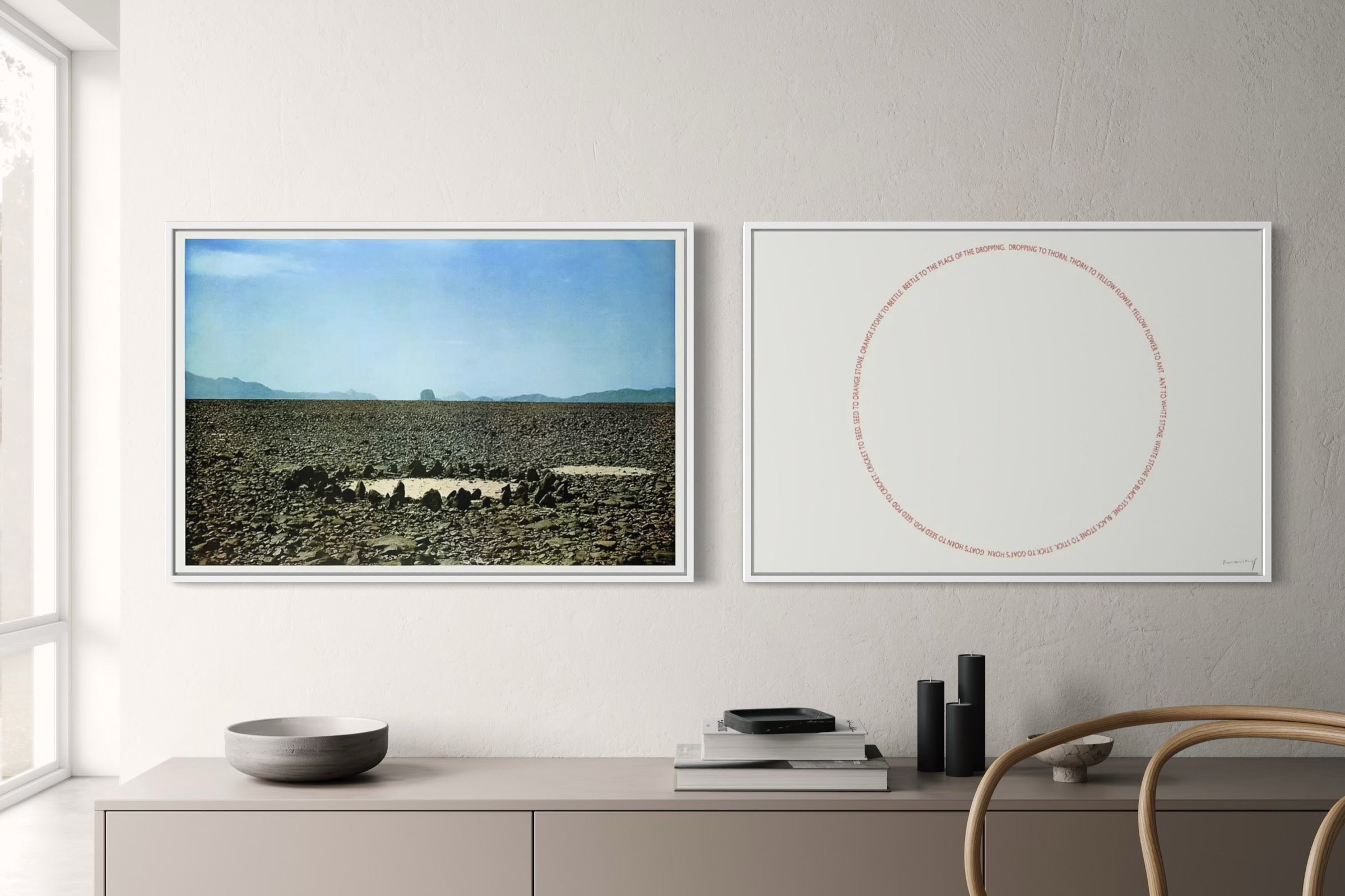
Richard Long
Explore the essence of Richard Long‘s art in a series of limited edition prints, capturing the fleeting interplay between man and nature in his meditative landscapes. Each fine art print, available for sale, offers a unique insight into Long’s profound dialogue with the environment.
Filters
2 products
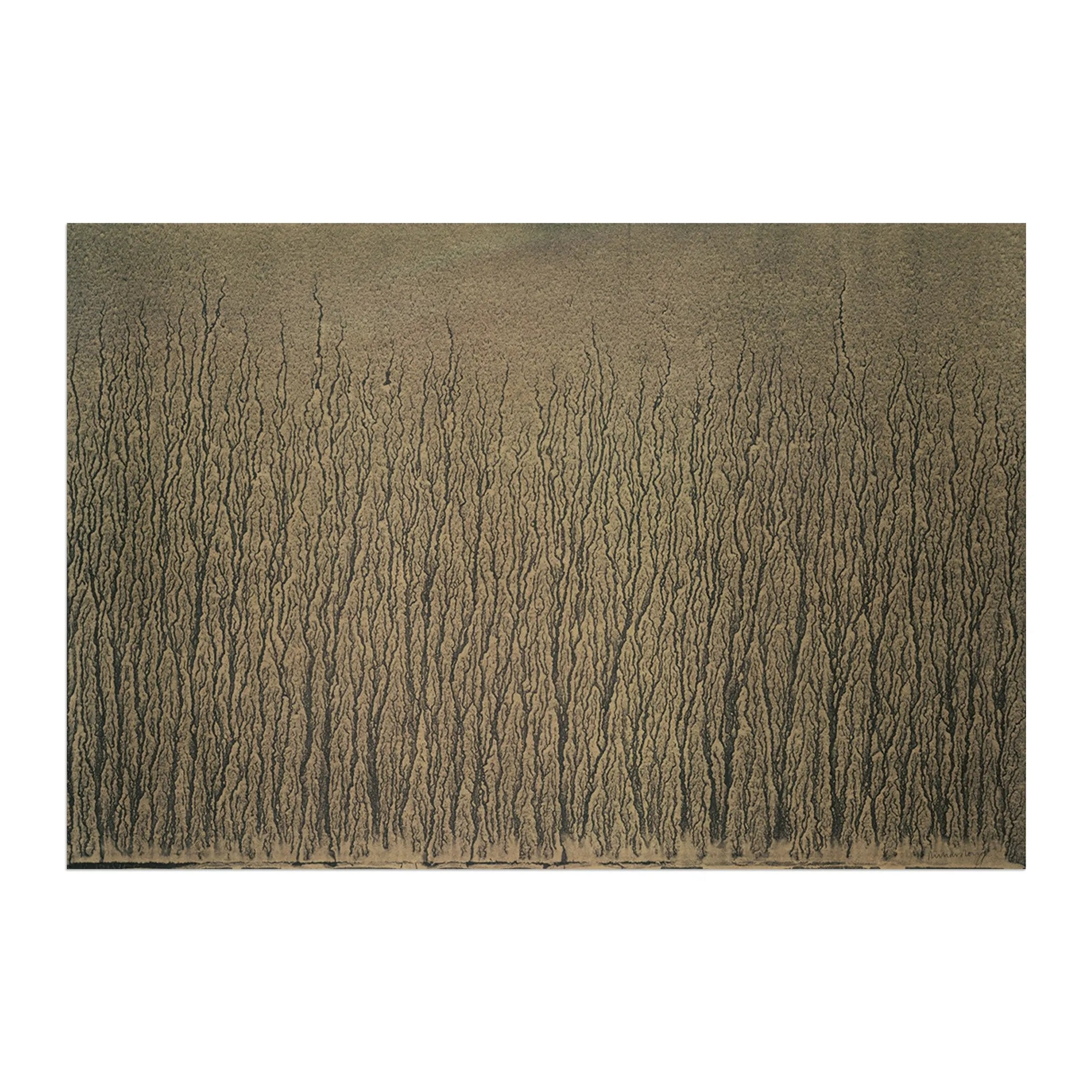
Richard Long (born 1945 in Bristol, England) is one of the most important figures in contemporary British art and a pioneering voice in the Land Art movement. Emerging in the late 1960s, Long redefined the boundaries of sculpture and conceptual art by using the natural environment itself as his medium. After studying at the West of England College of Art and later at Saint Martin’s School of Art in London, he was influenced by minimalism and conceptual practices, yet his true artistic breakthrough came through his innovative engagement with landscape.
Long’s art transforms the simple act of walking into a radical artistic gesture. Rather than working with canvas or traditional materials, he uses the landscape as both subject and site, creating geometric forms such as lines, circles, and spirals through repeated steps or by arranging natural elements like stones, branches, and mud. These interventions, often ephemeral, highlight the relationship between human presence and the passage of time in nature. His seminal work A Line Made by Walking (1967)—created by walking back and forth across a field until a line appeared—epitomizes his approach, turning a basic human act into a profound exploration of space, time, and mark-making.
Because his outdoor works are inherently temporary, Richard Long documents them through photographs, maps, text works, and limited edition prints. These records allow his interventions to be experienced beyond their original landscapes and have become highly collectible as artworks in their own right. His prints and photographs preserve the physical and meditative essence of his walks, inviting viewers and collectors to engage with his unique vision of art as both process and journey.
Today, Richard Long’s art continues to influence contemporary sculpture, conceptual practices, and environmental art. His ability to merge physical endurance, simplicity of form, and deep engagement with nature has secured his place as one of the most significant artists of the postwar era.
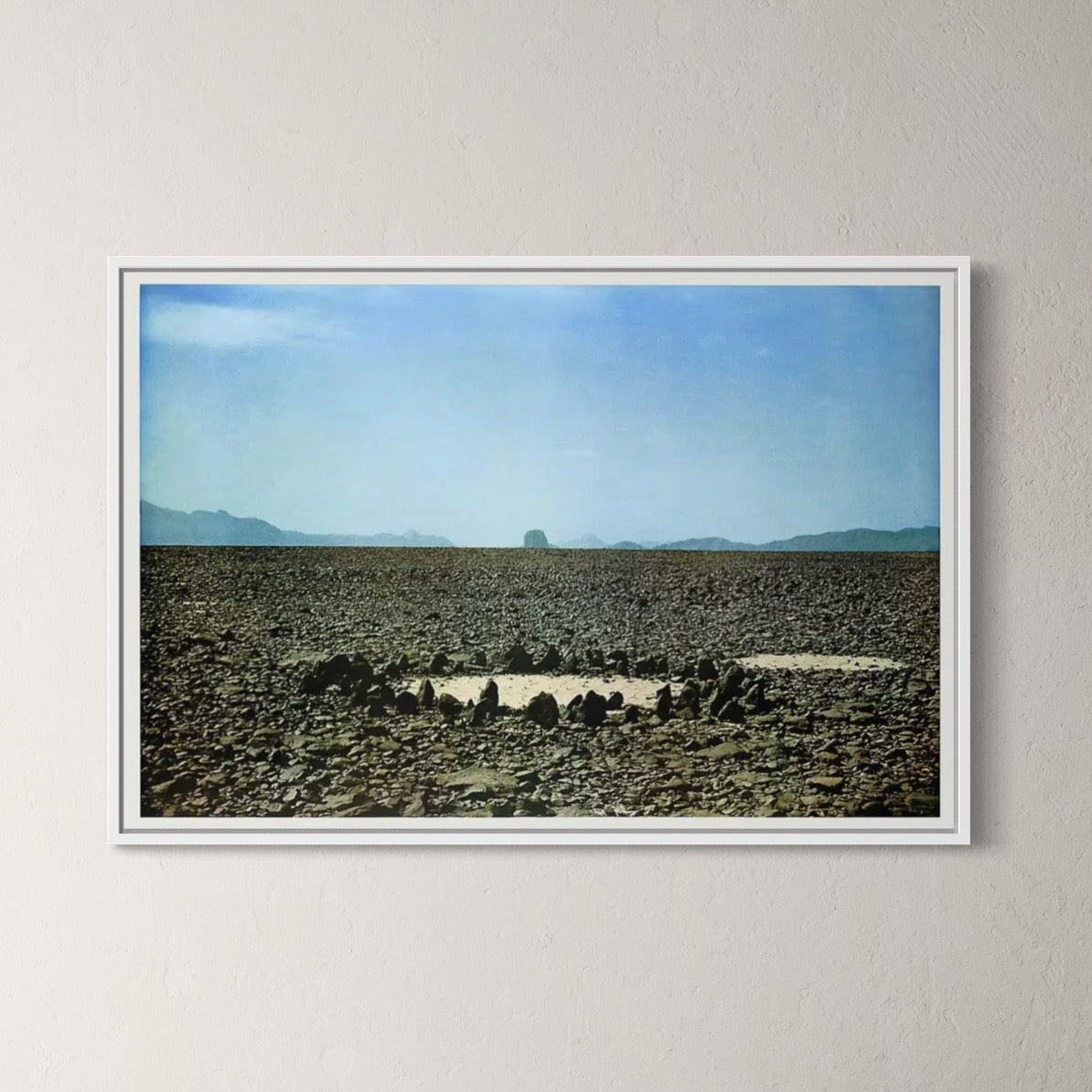
Richard Long’s exhibition history underscores his status as a leading figure in Land Art and contemporary British art. He first gained international attention with his participation in When Attitudes Become Form (1969) at the Kunsthalle Bern, a landmark exhibition that defined the era’s conceptual and process-based practices.
Long has exhibited extensively at major biennials and institutions worldwide. He represented Great Britain at the Venice Biennale in 1976 and again in 1980, where his landscape interventions and text works resonated with an international audience. In 1989, he was awarded the prestigious Turner Prize, further cementing his reputation as a pioneer of sculpture and conceptual art.
Major retrospectives have celebrated his career at the Tate Gallery in London (1991), the National Galleries of Scotland in Edinburgh (2007), and Tate Britain in 2009, each highlighting his evolution from early walking works to monumental text and stone installations. His art has also been exhibited at the Guggenheim Museum in New York, the Centre Pompidou in Paris, and the Museo Reina Sofía in Madrid, demonstrating his global relevance.
Richard Long’s works are represented in leading public collections, including Tate Modern, the Museum of Modern Art in New York, and the Stedelijk Museum in Amsterdam. These exhibitions and institutional holdings affirm his critical role in redefining sculpture through walking, mapping, and natural materials. His prints, photographs, and text works remain highly sought after by collectors, preserving the essence of his ephemeral interventions in enduring formats.
Richard Long (born 1945 in Bristol, England) is one of the most important figures in contemporary British art and a pioneering voice in the Land Art movement. Emerging in the late 1960s, Long redefined the boundaries of sculpture and conceptual art by using the natural environment itself as his medium. After studying at the West of England College of Art and later at Saint Martin’s School of Art in London, he was influenced by minimalism and conceptual practices, yet his true artistic breakthrough came through his innovative engagement with landscape.
Long’s art transforms the simple act of walking into a radical artistic gesture. Rather than working with canvas or traditional materials, he uses the landscape as both subject and site, creating geometric forms such as lines, circles, and spirals through repeated steps or by arranging natural elements like stones, branches, and mud. These interventions, often ephemeral, highlight the relationship between human presence and the passage of time in nature. His seminal work A Line Made by Walking (1967)—created by walking back and forth across a field until a line appeared—epitomizes his approach, turning a basic human act into a profound exploration of space, time, and mark-making.
Because his outdoor works are inherently temporary, Richard Long documents them through photographs, maps, text works, and limited edition prints. These records allow his interventions to be experienced beyond their original landscapes and have become highly collectible as artworks in their own right. His prints and photographs preserve the physical and meditative essence of his walks, inviting viewers and collectors to engage with his unique vision of art as both process and journey.
Today, Richard Long’s art continues to influence contemporary sculpture, conceptual practices, and environmental art. His ability to merge physical endurance, simplicity of form, and deep engagement with nature has secured his place as one of the most significant artists of the postwar era.
Richard Long’s exhibition history underscores his status as a leading figure in Land Art and contemporary British art. He first gained international attention with his participation in When Attitudes Become Form (1969) at the Kunsthalle Bern, a landmark exhibition that defined the era’s conceptual and process-based practices.
Long has exhibited extensively at major biennials and institutions worldwide. He represented Great Britain at the Venice Biennale in 1976 and again in 1980, where his landscape interventions and text works resonated with an international audience. In 1989, he was awarded the prestigious Turner Prize, further cementing his reputation as a pioneer of sculpture and conceptual art.
Major retrospectives have celebrated his career at the Tate Gallery in London (1991), the National Galleries of Scotland in Edinburgh (2007), and Tate Britain in 2009, each highlighting his evolution from early walking works to monumental text and stone installations. His art has also been exhibited at the Guggenheim Museum in New York, the Centre Pompidou in Paris, and the Museo Reina Sofía in Madrid, demonstrating his global relevance.
Richard Long’s works are represented in leading public collections, including Tate Modern, the Museum of Modern Art in New York, and the Stedelijk Museum in Amsterdam. These exhibitions and institutional holdings affirm his critical role in redefining sculpture through walking, mapping, and natural materials. His prints, photographs, and text works remain highly sought after by collectors, preserving the essence of his ephemeral interventions in enduring formats.




Buy art online
Shop art editions online with transparent pricing, accurate condition reports, and fast dispatch. Designed for international collectors, we make buying limited edition prints and artworks simple, secure, and reliable.

Worldwide shipping
We ship art editions worldwide with full insurance and tracking. Handled only by trusted international carriers, each shipment is securely packaged and typically dispatched within 5 days.

Professional packaging
Every artwork is packaged to the highest professional standards. Using solid multi-layer cardboard and protective materials, we ensure your art editions arrive safely and in excellent condition.

Secure payment
Buy with confidence using secure, encrypted payments backed by advanced fraud protection. Every transaction is processed with trusted technology, ensuring a smooth and worry-free checkout for collectors worldwide.


